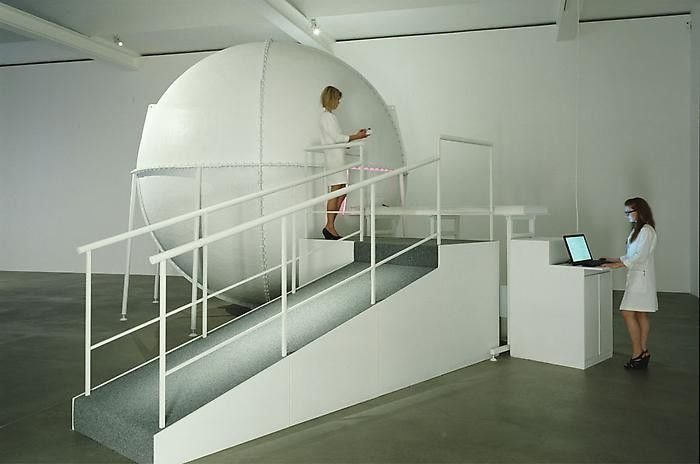Turrell and Irwin in Art and Technology frequently meet in captivating ways, making encounters that challenge our view of room, light, and time. Two trailblazers in this domain are James Turrell and Robert Irwin. Their noteworthy work investigates the unique connection among craftsmanship and innovation, expressing vivid and impression inciting manifestations. This article dives into how Turrell and Irwin have reshaped the imaginative scene by outfitting innovation to push inventive limits.
Who Are Turrell and Irwin in Art and Technology?
James Turrell
James Turrell is an American craftsman most popular for his work with light and space. His establishments frequently utilize light as a medium, making deceptions of construction and structure. Turrell will probably draw in watchers with their discernment, encouraging them to address what they see.
Robert Irwin
Robert Irwin, one more unmistakable figure in the Light and Space development, centers around adjusting conditions to impact discernment. His work underscores moderation and the interaction among regular and counterfeit components. Irwin’s establishments are well established in the experience of reality, frequently utilizing innovation to upgrade these subjects.
The Intersection of Art and Technology
Innovative Use of Light
James Turrell utilizes Drove lighting, projection frameworks, and mechanized controls to create his establishments. For instance:
- Skyspaces: Encased spaces with an opening in the roof, offering an outlined perspective on the sky. Lighting innovation changes the shade of the inside, affecting how watchers see regular light.
- Ganzfeld Establishments: Huge rooms overflowed with monochromatic light, making a vivid, bewildering experience.
Robert Irwin integrates lighting frameworks, scrims, and intelligent materials to establish dynamic conditions. Models include:
- Scrim establishments: Flimsy texture layers and controlled lighting to adjust spatial insights.
- Outside projects: Incorporation of normal daylight with counterfeit light hotspots for extraordinary impacts.
Integration of Space and Time
The two specialists use innovation to control how watchers experience existence:
- Turrell’s Roden Hole Venture consolidates divine arrangements with compositional plan to associate guests to the universe.
- Irwin’s Dia:Beacon garden project utilizes arranging, intelligent surfaces, and lighting to direct the way that guests explore and decipher the space.
How Technology Shapes Their Work
Tools and Techniques
The two craftsmen use progressed instruments to rejuvenate their dreams:
- 3D displaying programming: Used to plan and plan establishments.
- Driven and fiber-optic lighting: For exact control of light and variety.
- Sensors and mechanization: Empowering intelligent components in establishments.
Collaborations with Scientists and Engineers
Turrell and Irwin frequently team up with specialists in different fields:
- Cosmologists and designers help Turrell in heavenly arrangement projects.
- Natural researchers add to Irwin’s huge scope arranging works.
Comparison: Turrell vs. Irwin
| Aspect | James Turrell | Robert Irwin |
|---|---|---|
| Focus | Light as a medium | Space and perception |
| Signature Works | Skyspaces, Roden Crater | Scrim installations, Dia:Beacon |
| Technology Use | LED lighting, projection systems | Scrims, natural and artificial light interplay |
| Scale of Projects | Often monumental and cosmic in scope | Environmental and site-specific |
FAQs
What is the Light and Space movement?
The Light and Space development arose during the 1960s in Southern California, underscoring the view of light, variety, and space. It frequently integrates moderation and innovation.
How do Turrell and Irwin differ in their approach?
While both investigate insight, Turrell zeros in additional on divine and astronomical components, while Irwin underscores changing regular conditions to challenge discernment.
What role does technology play in their work?
Innovation is fundamental, permitting exact control of light, variety, and spatial elements. It empowers their establishments to associate with watchers in vivid and imaginative ways.
Conclusion
James Turrell and Robert Irwin show the way that craftsmanship and innovation can converge to reshape how we might interpret discernment and space. Their inventive utilization of light, variety, and innovation makes vivid encounters that test and rouse. As innovation keeps on developing, craftsmen like Turrell and Irwin prepare for additional opportunities, guaranteeing that craftsmanship stays an imperative and extraordinary medium in the cutting edge world.




